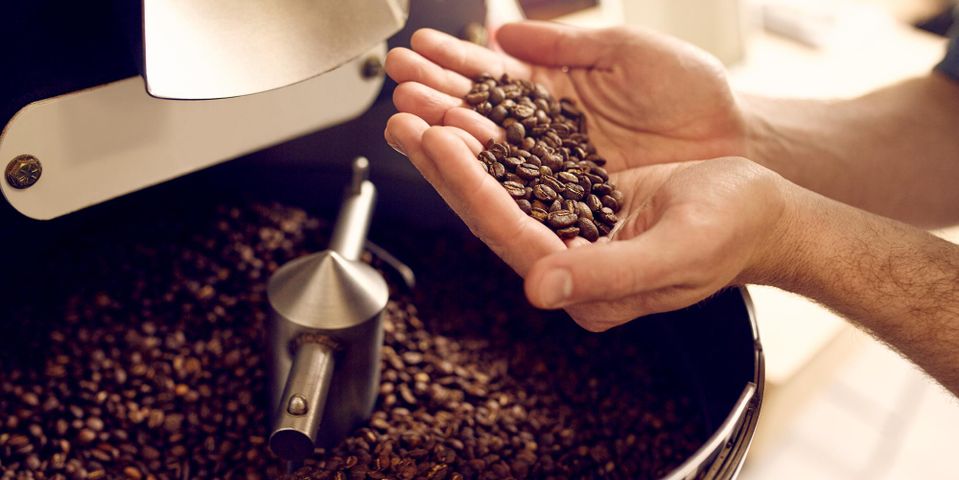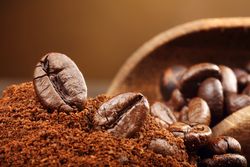
When you head to your choice cafe for a pick-me-up, you can probably smell the rich aroma of roasted coffee beans before even entering the coffee shop. In addition to the delicious scent, this process is what allows different types of coffee to have variances in color, flavor, and intensity. If you’d like to learn more about how your favorite morning beverage is made, follow the guide below.
How Are Coffee Beans Roasted?
In their natural state, coffee beans aren’t that luscious, chocolate color you see at your cafe. The beans are usually green before the process begins. However, once heated in a roasting machine, they’ll begin a series of physical and chemical changes, going from green to yellow to a progressively deeper brown-black.
This occurs because the heat breaks down the chlorophyll inside the beans, followed by the Maillard reaction. This is due to the production of melanoidins when amino acids and sugar are heated. The sucrose in the beans lead to caramelization, and both processes produce that characteristic coffee-brown hue.
The beans will make a popping sound as water, oxygen, and carbon dioxide are emitted. The roasting process ends with cooling either through a vacuum-like mechanism or a mist of water. The final step is the packaging.
What Factors Contribute to the Various Roasts?
 Beans from different areas of the world can have variations in color and flavor, as they are grown in different temperatures, humidity levels, altitudes, and soil types. However, the roasting process will also inform their final taste. Depending on how intense the desired result is, roasting temperatures range anywhere from 370 to 580 degrees. This heat, combined with the length of the roasting session, will determine how dark the coffee beans get and how strong the brew will taste.
Beans from different areas of the world can have variations in color and flavor, as they are grown in different temperatures, humidity levels, altitudes, and soil types. However, the roasting process will also inform their final taste. Depending on how intense the desired result is, roasting temperatures range anywhere from 370 to 580 degrees. This heat, combined with the length of the roasting session, will determine how dark the coffee beans get and how strong the brew will taste.
In a cinnamon or light roast, the beans are delicately roasted to preserve their original flavor. This brew will be subtle in intensity. A medium roast will be toasted until the beans turn a medium-brown and the oils begin to emerge. Your cafe might serve darker strains such as the Vienna or French roast, which are less sweet and acidic. These roasts have a more robust flavor and are often used to make espresso. The darkest roasts are Italian and Spanish, at which point the beans are nearly black and the brew has a piercing, smokey taste. Dark brews are a common pick at a cafe do to their unique and bold taste.
If you’re craving a cup of Joe, head to Mainstreet Coffee & Wine Bar, a celebrated cafe in Lakeville, MN. They partner with Roastery 7, a local company that supports sustainable and ethical farming practices, so you can rest assured you’re getting a quality brew. In addition to caffeinated beverages, they also offer a list of over 30 wines, so you can enjoy this cafe at day or night. For more information on their offerings, visit the website or call (952) 985-7650 today.
About the Business
(58 reviews)
Have a question? Ask the experts!
Send your question

